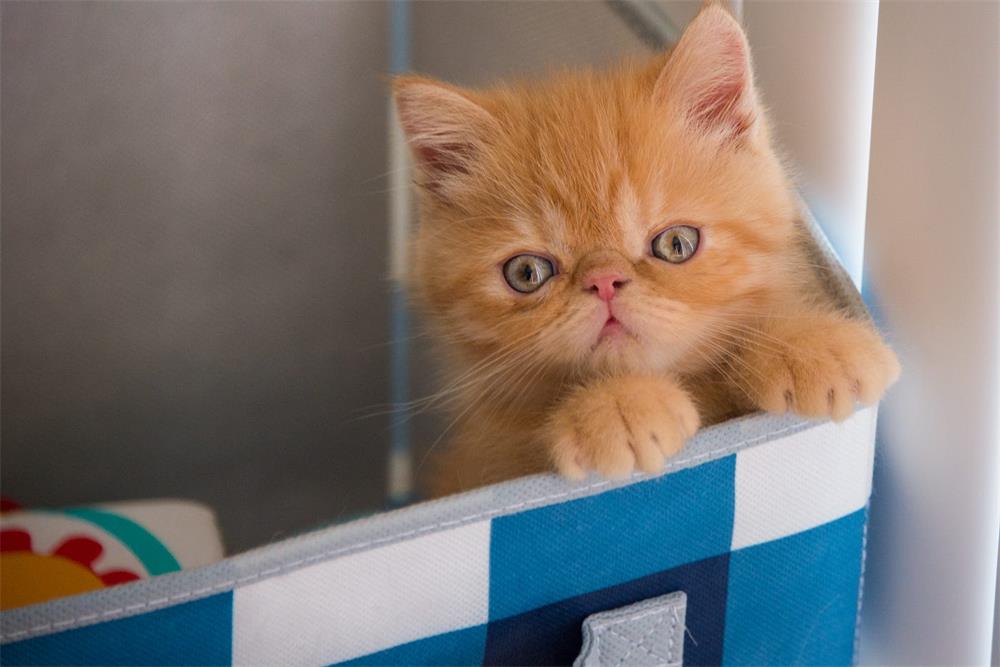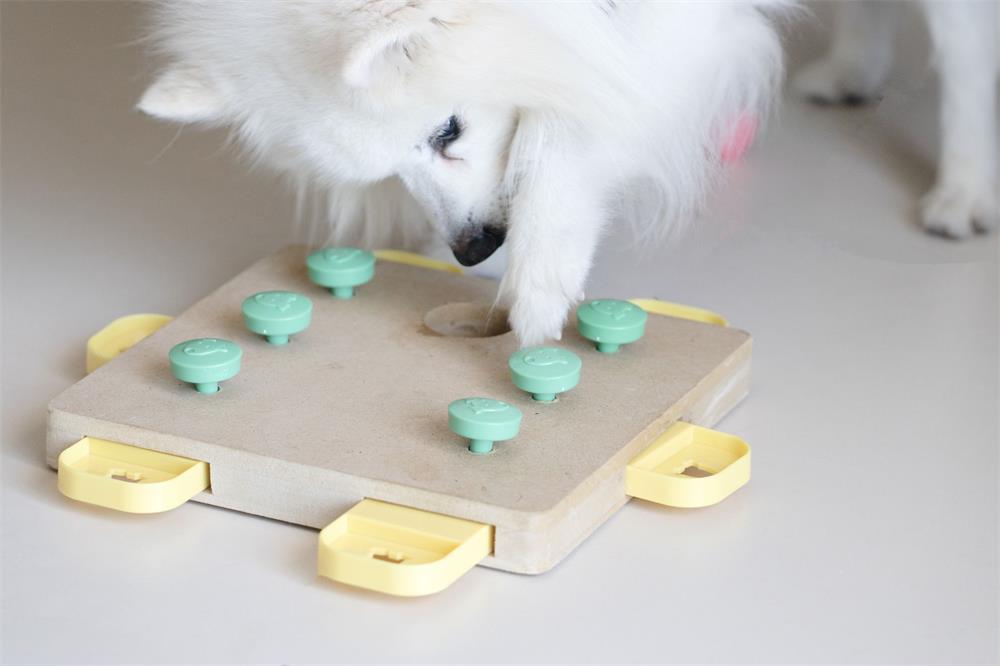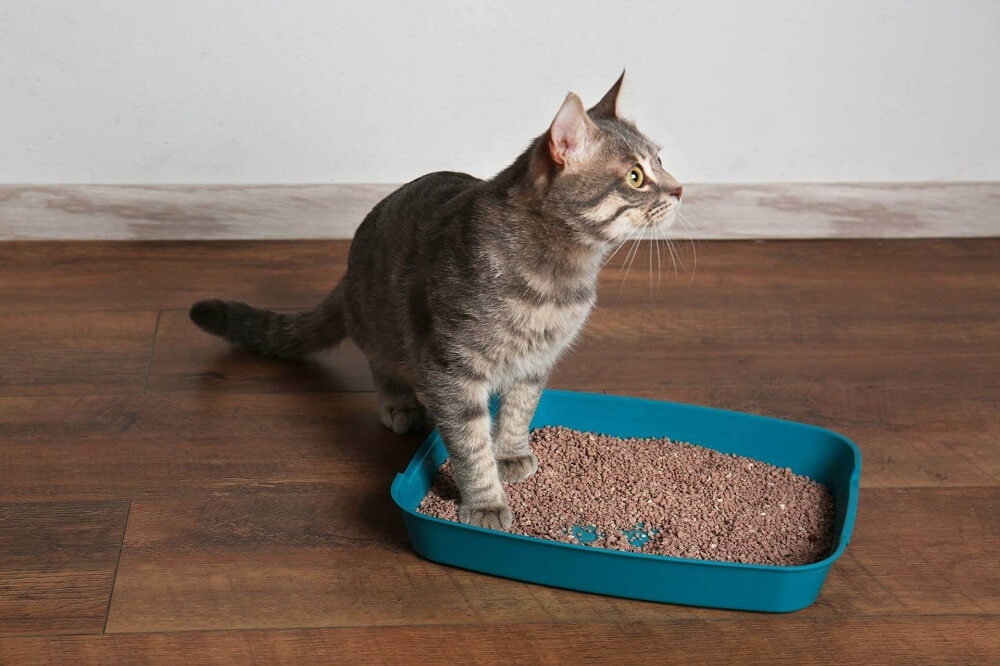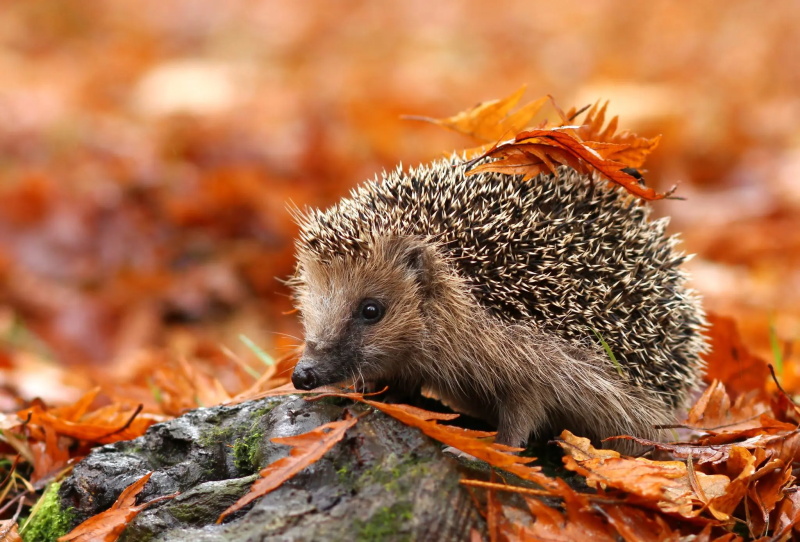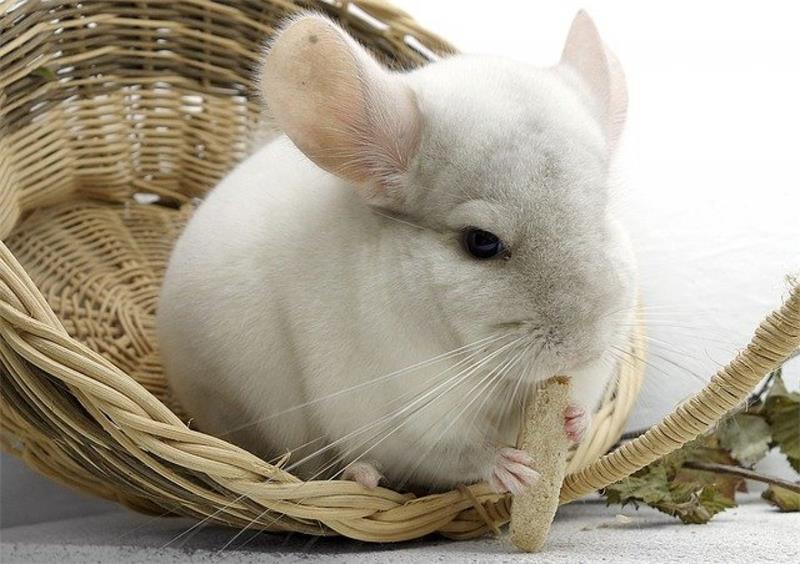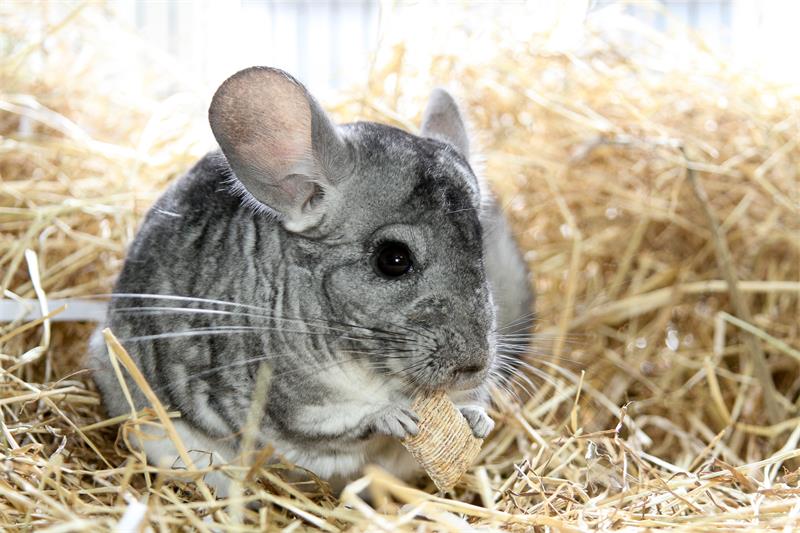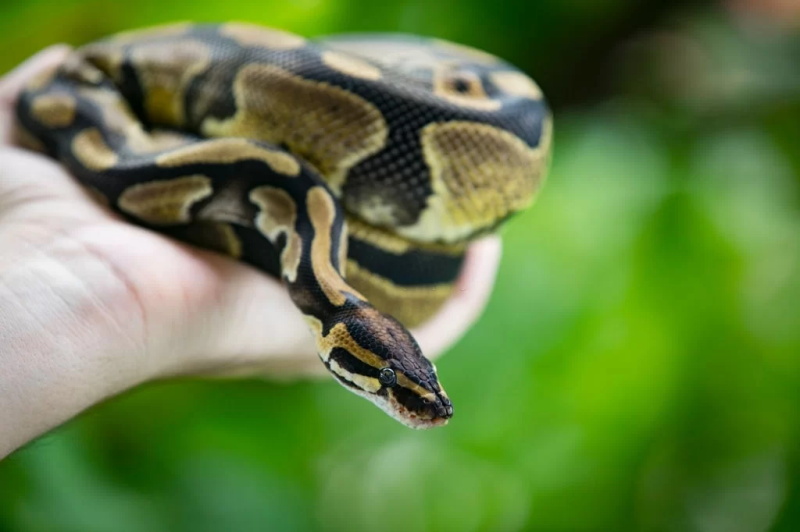
Table of Contents
Ball pythons are one of the most popular pet snakes in the world, thanks to their docile temperament, manageable size, and beautiful patterns. However, they also have some specific dietary needs that owners need to be aware of. In this article, we will cover the basics of ball python feeding, including what to feed them, how often to feed them, and how to feed them properly.
What to Feed Your Ball Python
Ball pythons are carnivorous reptiles that mainly eat rodents in the wild. In captivity, they can be fed commercially bred feeder mice or rats that are frozen and thawed before offering. There are several factors to consider when choosing the right prey item for your ball python:
- Prey size: The prey item should be about 1 to 1.25 times the width of your snake’s midsection. If the prey is too small, your snake may not be satisfied and may need more frequent feedings. If the prey is too large, your snake may have difficulty swallowing it or may regurgitate it later.
- Prey species: While ball pythons can eat both mice and rats, rats are generally preferred for adult snakes because they are more nutritious and provide a larger meal. Mice can be used for hatchlings and juveniles, but you should switch to rats once your snake reaches about 2 feet in length.
- Prey quality: The prey item should be fresh, clean, and free of any signs of disease or injury. You should buy your feeder rodents from a reputable source and store them in a freezer until ready to use. You should also avoid feeding your snake any wild-caught rodents or other animals that may carry parasites or toxins.
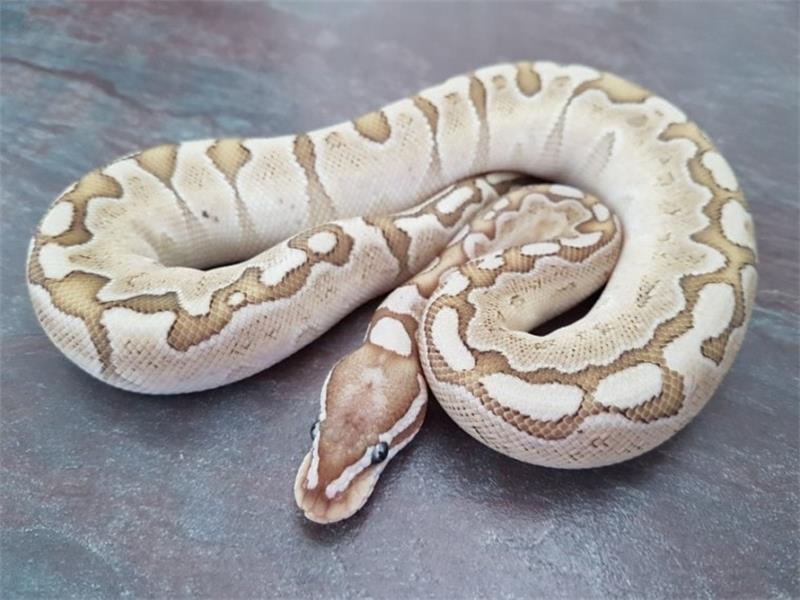
How Often to Feed Your Ball Python
Ball pythons do not need to eat every day like some other pets. They have a slow metabolism and can go for long periods without food. However, they still need regular feedings to maintain their health and growth. The frequency of feeding depends on several factors, such as:
- Snake age: Younger snakes need more frequent feedings than older snakes because they are growing faster and have higher energy demands. Hatchlings and juveniles (0-6 months old) should be fed every 5-10 days, while sub-adults and adults (1-2 years old) should be fed every 10-14 days. Mature ball pythons (3-5+ years old) can be fed once every 2-3 weeks or even after 50 days if offering a larger meal.
- Snake size: Larger snakes need larger prey items and less frequent feedings than smaller snakes. You should adjust the prey size and feeding frequency according to your snake’s body condition and weight. A healthy ball python should have a rounded body shape with no visible ribs or spine.
- Snake activity: More active snakes may need more food than less active snakes because they burn more calories. You should monitor your snake’s behavior and appetite and adjust the feeding accordingly. Some signs that your snake may be hungry include roaming around the enclosure, striking at anything that moves, or showing interest in food items outside the enclosure.
- Snake health: Sick or stressed snakes may refuse to eat or may eat less than usual. You should check your snake regularly for any signs of illness or injury, such as lethargy, weight loss, dehydration, mites, respiratory infections, mouth rot, etc. You should also make sure that your snake’s enclosure is clean, secure, and has the proper temperature and humidity levels. If your snake stops eating for more than a month or shows any signs of poor health, you should consult a veterinarian as soon as possible.
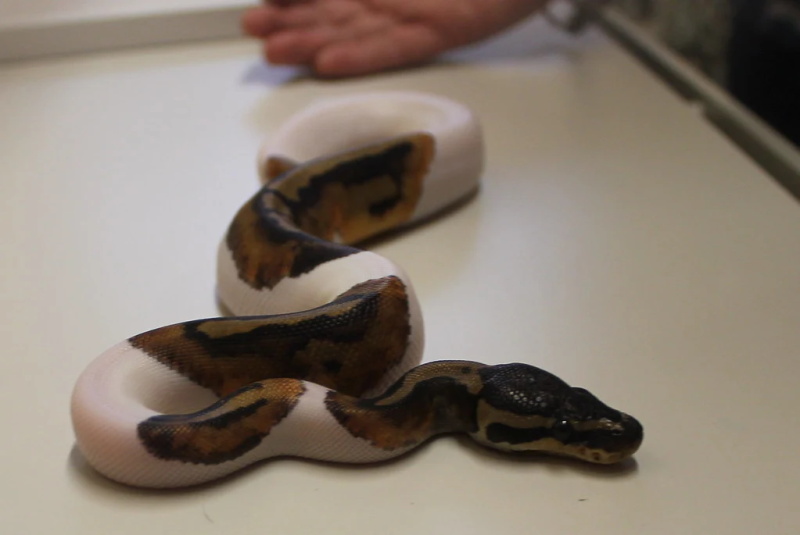
How to Feed Your Ball Python
Feeding your ball python can be an enjoyable and rewarding experience for both you and your pet. However, you also need to follow some safety precautions and best practices to ensure a smooth and successful feeding process. Here are some tips on how to feed your ball python properly:
- Use tongs: You should always use a pair of long tongs or forceps to offer the prey item to your snake. This will prevent your snake from mistaking your fingers for food and biting you by accident. It will also help you to control the movement of the prey item and make it more appealing to your snake.
- Warm the prey: You should warm up the prey item before offering it to your snake. This will make it more realistic and stimulate your snake’s heat-sensing pits. You can warm up the prey item by placing it in a plastic bag and submerging it in warm water for a few minutes, or by using a hair dryer on low setting. Do not use a microwave or an oven, as this can cause the prey item to explode or spoil.
- Feed in the enclosure: You should feed your ball python inside its enclosure, rather than moving it to a separate feeding container. This will reduce the stress and risk of injury for your snake, as well as prevent any feeding aggression issues. Feeding in the enclosure will not make your snake more likely to bite you when you handle it, as long as you use tongs and avoid touching its head or mouth.
- Offer one prey at a time: You should offer only one prey item at a time to your ball python. If your snake is still hungry after eating one prey item, you can offer another one after a few minutes. However, do not overfeed your snake or offer more than two prey items per feeding session. Overfeeding can cause obesity, regurgitation, or digestive problems for your snake.
- Leave your snake alone: You should leave your ball python alone after it has struck and grabbed the prey item. Do not try to touch or handle your snake while it is eating, as this can cause it to drop the prey item or become stressed. You should also avoid any loud noises or sudden movements near the enclosure that may disturb your snake. Let your snake finish eating at its own pace and then close the enclosure securely.
- Clean up after feeding: You should clean up any leftover food or waste from the enclosure after feeding your ball python. This will prevent any bacteria or parasites from growing and infecting your snake. You should also wash your hands thoroughly with soap and water after handling any prey items or your snake.
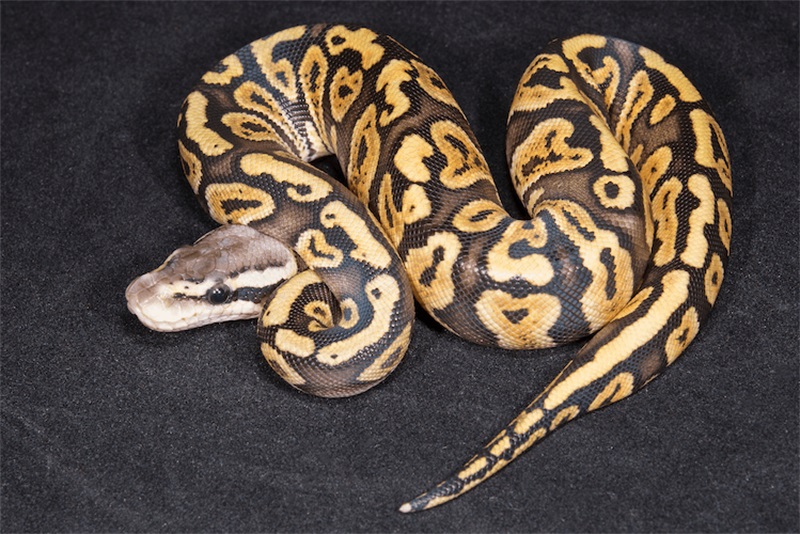
Conclusion
Ball python feeding is not as difficult or scary as it may seem at first. By following some simple guidelines and tips, you can provide your ball python with a healthy and satisfying diet that will keep it happy and thriving for years to come. Remember to choose the right prey size and species, feed your snake regularly but not too often, and use tongs and warm prey items to make feeding easier and safer. If you have any questions or concerns about ball python feeding, do not hesitate to consult a veterinarian or an experienced keeper for advice.


